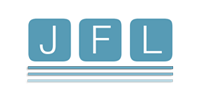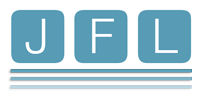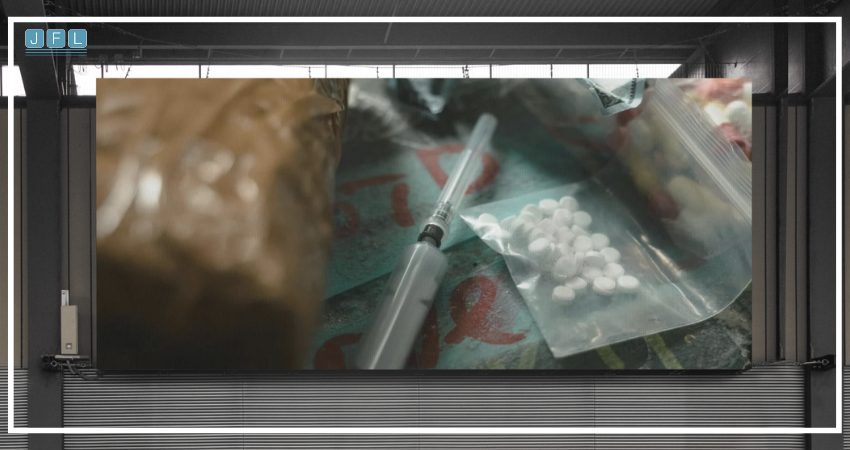The drug trafficking in Syria has become one of the most significant economic and social challenges that have intensified during the years of conflict. Since the outbreak of armed conflict, drug trafficking has become a key component of Syria’s war economy, involving various factions, including the Syrian government, armed opposition, and extremist groups. This trafficking has been essential in funding military operations and covering war-related expenses, leading to its rapid and unprecedented growth.
After the Syrian government regained control of most opposition areas in 2018, particularly the border crossings with Jordan and Iraq, drug trafficking witnessed significant inflation as the scope of drug distribution expanded, not only inside Syria but also towards neighboring countries and global markets[2]. The follow-up of the seizure of Captagon pills in Arab countries, mainly manufactured in Syria, indicates the seizure of one billion pills between ( 2019 and 2022), which proves that the drug business in Syria generates profits amounting to billions of dollars annually, which made Syria one of the largest drug production and distribution centers in the world, in light of the involvement of people and civilian and military entities close to the Damascus government directly in the manufacture and trafficking of drugs, as indicated by the US and European sanctions regulations.
In addition to being a manufacturer, Syria has also become a significant transit point for various drugs originating from Lebanon and Iran. Syrian territory is used as a hub for distributing these drugs to markets in the Middle East, Africa, and Europe. Several reports suggest that the Fourth Division, Lebanese Hezbollah, and Iranian militias are involved in this regional drug trafficking network. The distribution of Captagon factories in Syria indicates that these militias aim to establish the drug industry within their controlled areas, particularly near Syrian border crossings and along the front lines with opposition territories and the Autonomous Administration, to facilitate trafficking activities.
With neighboring countries, particularly Jordan, tightening control over the Syrian borders and a decline in trafficking operations by sea to Europe from Latakia Port, drug traffickers have turned to offload excess supply within the local Syrian market. This has been done by significantly lowering prices and making drugs more accessible across various income levels. This shift has led to a notable increase in addiction rates among Syrian youth, exacerbated by the challenging economic and social conditions in the country, including high youth unemployment rates.
Although drug production and trafficking are widespread across Syria, the areas controlled by the Autonomous Administration in northeastern Syria see relatively less activity in terms of drug production and trafficking. There are no reports of industrial drug production facilities in these regions; instead, cannabis cultivation for local use is more common. The key cultivation areas include Amuda and Al-Yarubiyah in Al-Hasakah Governorate, along the Euphrates River in Deir Ezzor Governorate, and Ain al-Arab (Kobani) in northeast Aleppo Governorate. However, like other parts of Syria, these regions are still markets for manufactured drugs, which enter from opposition-controlled areas, especially Manbij, Ras al-Ain, and Syrian government-controlled areas adjacent to the Autonomous Administration’s territory, and from Iraq through the Al-Yarubiyah crossing.
Data from the Autonomous Administration on drug seizures over a year highlights the volume and variety of drugs trafficked in its regions. The seizures included 3,092,742 Captagon pills, over 41 kilograms of crystal Methamphetamine, more than 272 kilograms of cannabis, over 16,000 narcotic syringes, 275 cannabis cigarettes, and more than 70,000 assorted narcotic pills. Additionally, authorities confiscated 570 kilograms of heroin, more than 35 kilograms of cocaine, 541 cannabis seedlings, along with other quantities of various illicit substances.
According to the Public Administration for Drug Control in the Autonomous Administration, it worked for a year on (2387) files related to drugs, during which (3485) people were arrested. These figures do not reflect the actual volume of drug trafficking within the areas controlled by the Autonomous Administration, as the international bodies specialized in combating drug trafficking consider that the actual volume of drug trafficking in a country or region is between 5 and 10 times the volume of seizures. These percentages may be much greater in the case of the Autonomous Administration because of its weak capabilities and experience in dealing with this type of trafficking, in addition to the presence of collusion between drug traffickers and dealers and some workers in the security and military apparatus of the administration in its various areas of control, as many reports and testimonies indicate.
Moreover, drug abuse has surged to unprecedented levels in areas controlled by the Autonomous Administration, with a strong link between this phenomenon and rising crime rates. The parts of Raqqa Governorate under Autonomous Administration control are particularly impacted, with drug abuse posing a significant threat to the younger generation and endangering civil peace due to related criminal activities.
As a result, this paper aims to examine the drug abuse phenomenon in Raqqa, assess its prevalence, analyze the underlying causes, and evaluate its impact on the governorate’s community. The goal is to offer practical recommendations from the perspective of civil society and local community, contributing to the development of a comprehensive strategy to combat and mitigate the effects of drug abuse.
Read more: Towards a Comprehensive Strategy to Counter the Spread of Drugs in Raqqa













